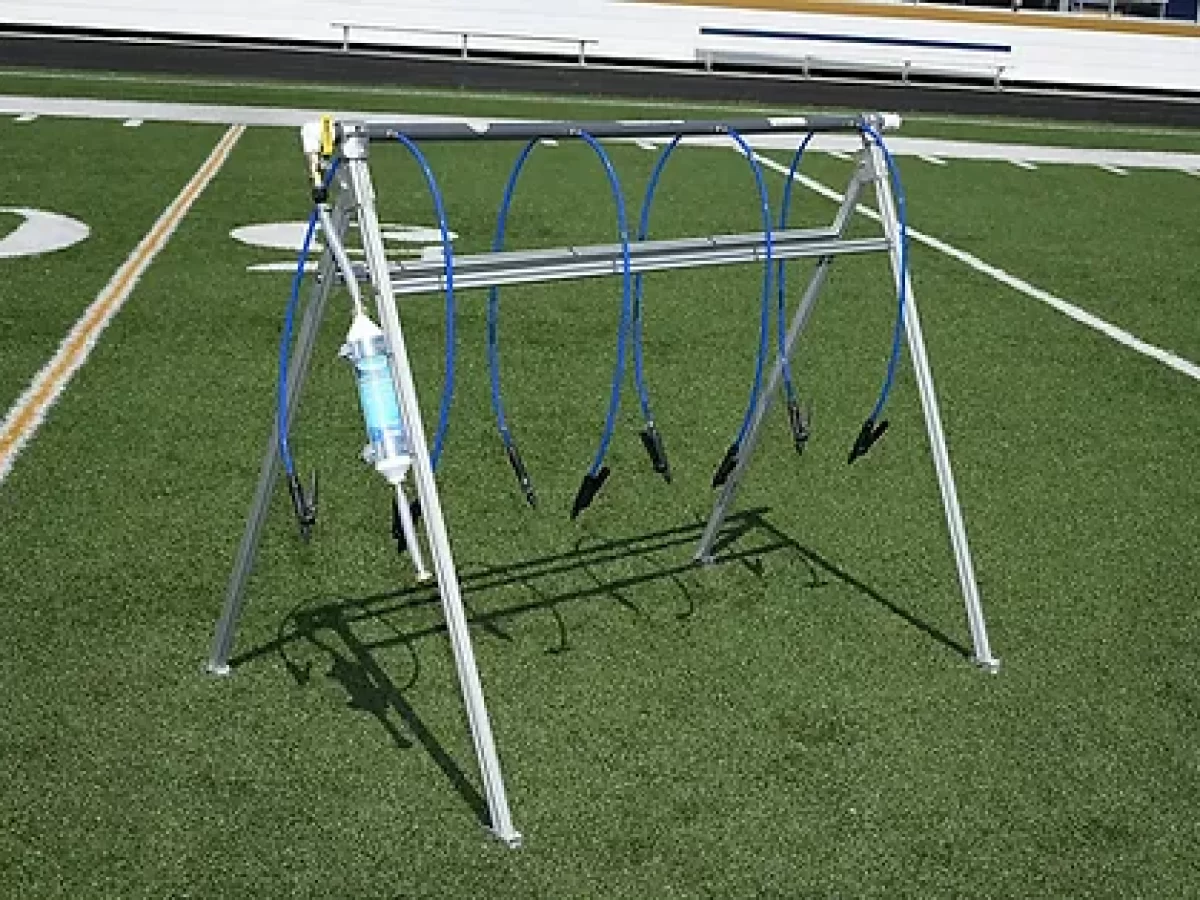Optimizing Football Water Stations
Effective water stations are crucial for maintaining player hydration, performance, and health during football activities. Their proper planning and execution are fundamental to team management and event organization.
Strategic Placement and Accessibility
- Sideline Proximity: Position stations along sidelines, near team benches, allowing quick access for players during breaks in play, substitutions, and timeouts.
- Sufficient Capacity: Ensure enough water and dispensing points (e.g., coolers, individual bottle areas) to accommodate all players, coaches, and officials without causing queues, especially during peak demand like halftime. For tournaments or larger squads, multiple stations are essential.
- Clear Visibility: Stations should be clearly marked and easily identifiable from all areas of the field and team zones.
- Stable Surface: Place stations on level, clean ground to prevent spillage, contamination, and trip hazards.
Fluid Provision and Hygiene Standards
The choice and handling of fluids are critical:
Fluid Types:

- Water: The primary and most essential fluid. It should always be available and preferably cool.
- Electrolyte/Sports Drinks: Beneficial for sessions longer than 60-90 minutes or in conditions of high heat and humidity to replace electrolytes lost through sweat. Consideration should be given to carbohydrate concentration and individual player tolerance.
Dispensing and Hygiene:
- Individual Bottles: This is the preferred method to minimize the risk of cross-contamination and allow players to monitor their personal intake. Bottles should be clearly labeled.
- Communal Coolers: If used, ensure spigots and dispensing mechanisms are regularly cleaned and sanitized. Provide single-use, disposable cups.
- Handling Practices: Staff or volunteers responsible for managing water stations must observe strict hand hygiene. Avoid direct hand contact with ice or the rims of cups/bottles.
Operational Management and Best Practices
- Dedicated Personnel: Assign specific individuals (e.g., team managers, athletic trainers, designated volunteers) clear responsibility for the setup, continuous maintenance, and timely replenishment of water stations.
- Pre-Event Preparation: Conduct a thorough check for adequate stock of fluids, ice (if used for cooling, ensure it’s made from potable water), cups, and appropriately labeled waste disposal units well in advance of team arrival.
- Temperature Control: Offer fluids that are cool (around 10-15°C or 50-59°F) as this temperature is generally more palatable and can help in core body temperature regulation. Avoid overly iced drinks which can cause discomfort.
- Proactive Replenishment: Continuously monitor fluid levels throughout training sessions or matches and restock proactively to prevent shortages.
- Waste Disposal: Provide ample, clearly marked bins for empty bottles, cups, and other waste. Ensure regular emptying to maintain a clean and hygienic environment.
- Player Education: Consistently reinforce the importance of regular hydration – before, during, and after football activity – rather than relying solely on thirst.
- Environmental Adaptation: Be prepared to increase fluid availability and encourage more frequent intake during periods of high ambient temperature, humidity, or increased match intensity.


